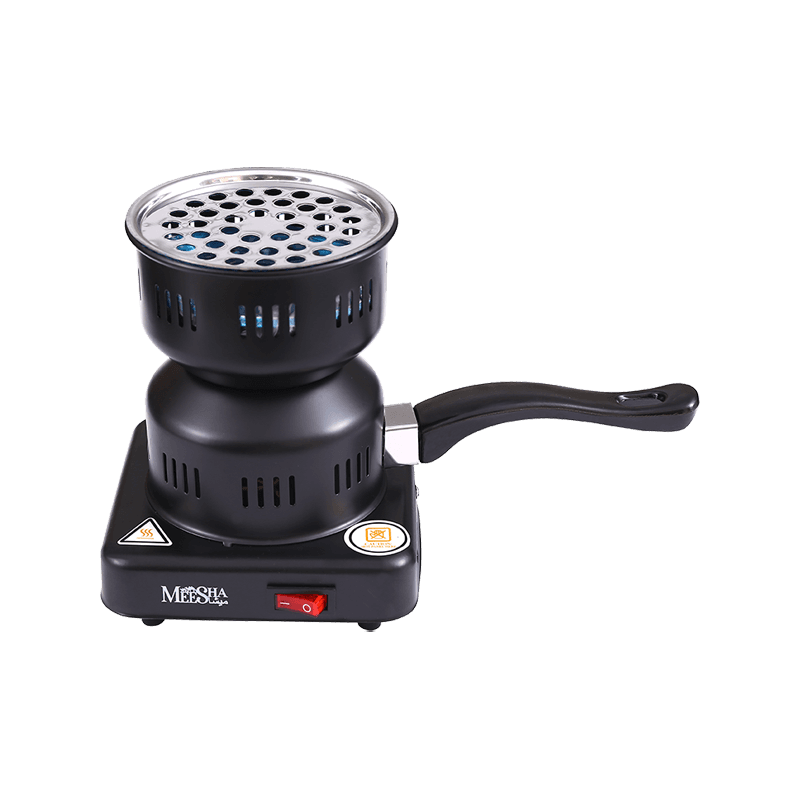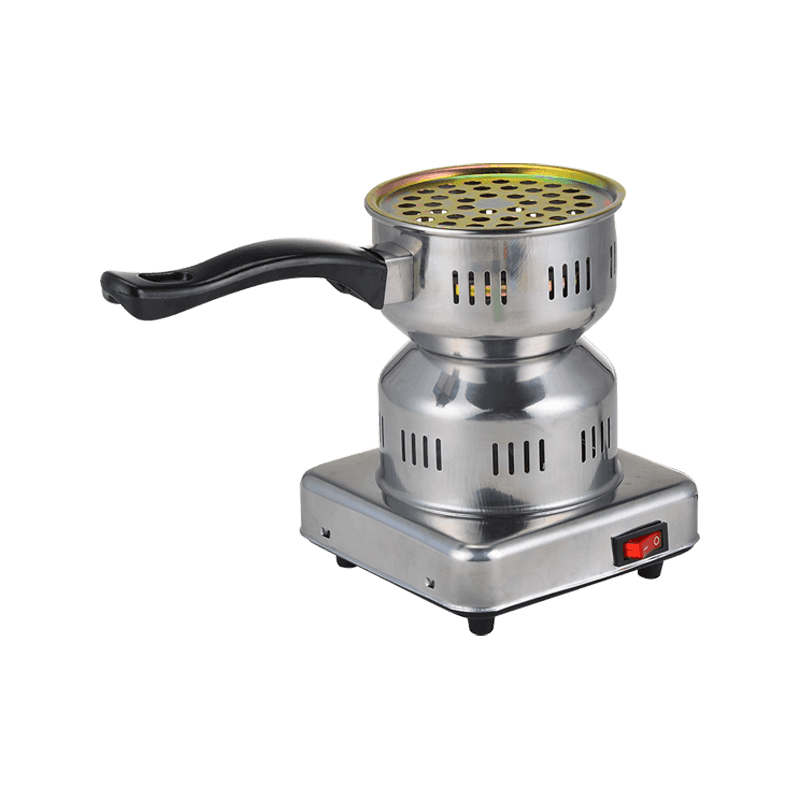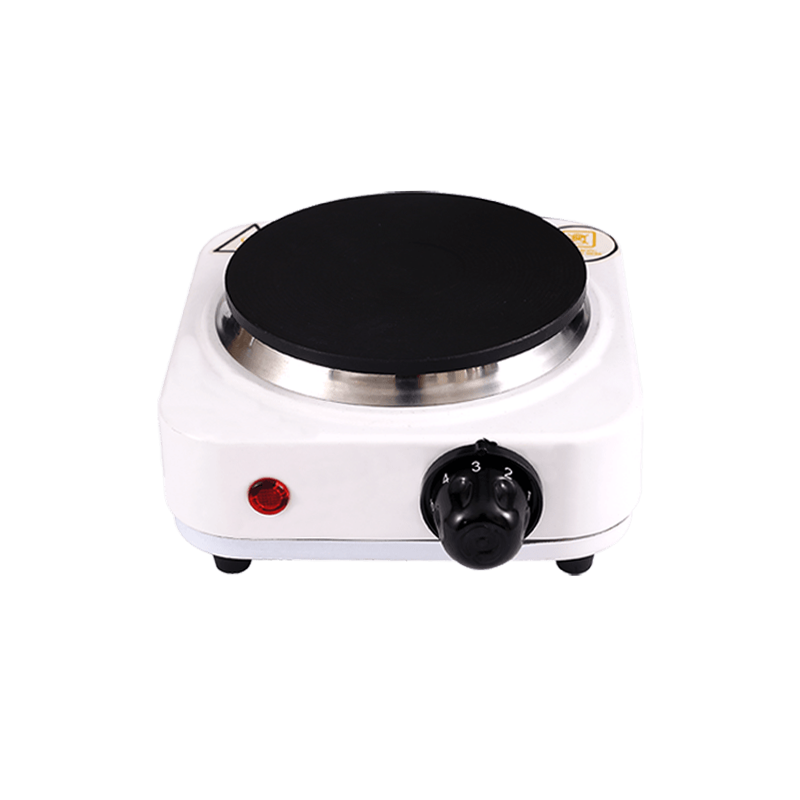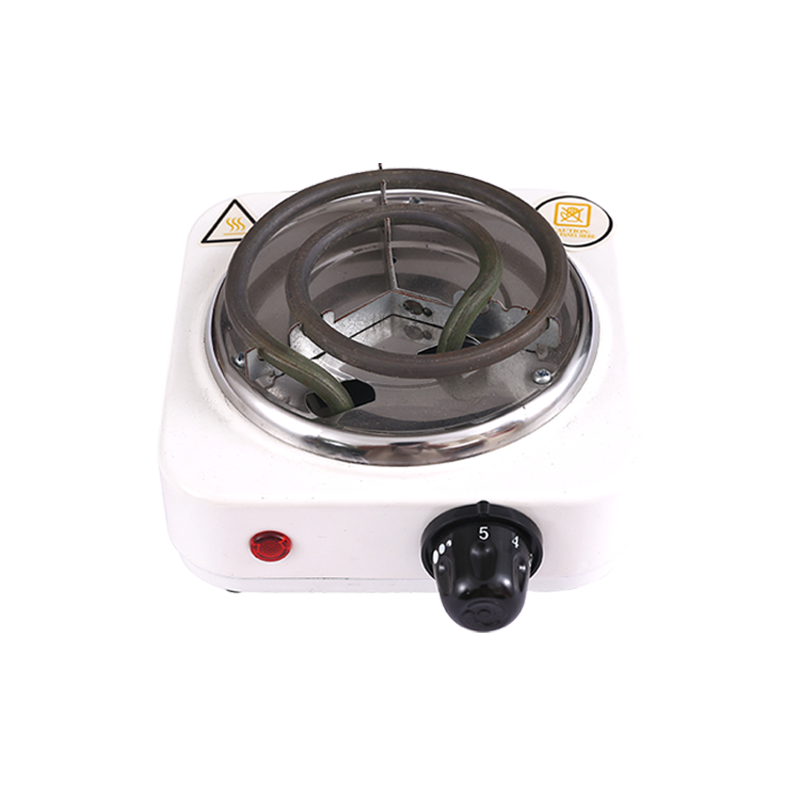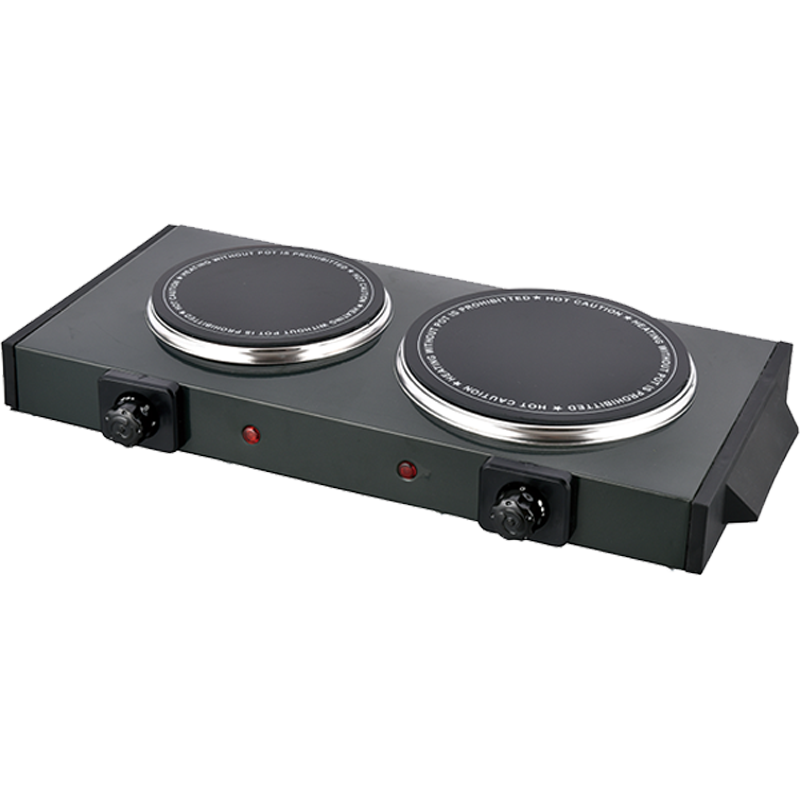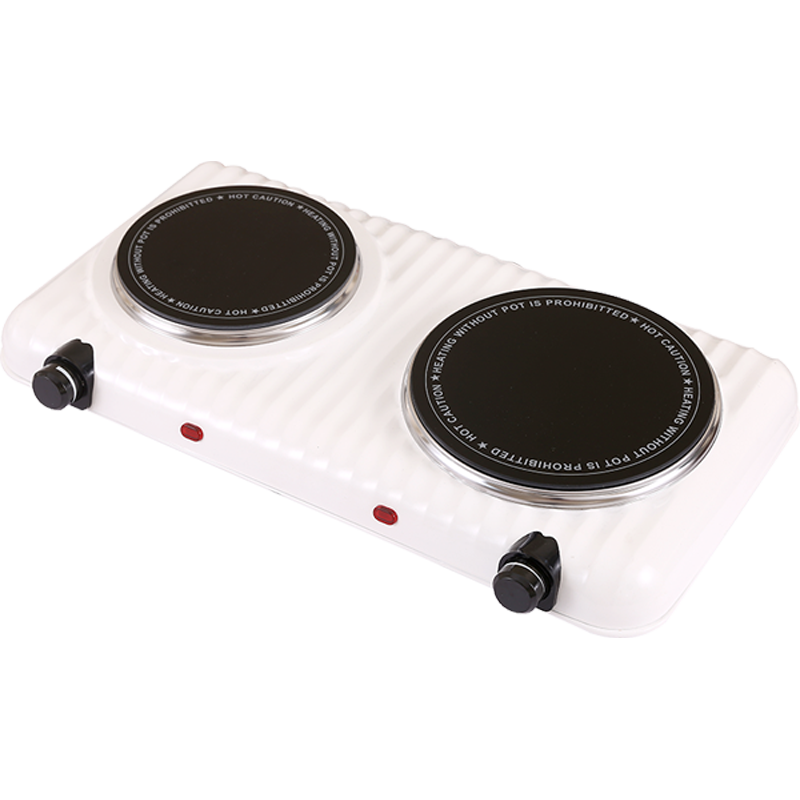+86-579-87253168
What is a Ceramic Hot Plate?
Many people search online with the question "What is a ceramic hot plate?" because they want to understand its purpose and advantages. This type of device is recognized for its smooth ceramic surface that distributes heat evenly, offering a practical way to handle different heating tasks in both domestic and professional environments.
A ceramic surface brings several benefits when used for controlled heating. The material is known for providing steady thermal transfer, which makes it suitable for situations where consistency is important. Because of its design, it avoids the need for open flames, allowing users to prepare food or conduct experiments with reduced risk.
In kitchens, this appliance is appreciated for convenience. Compact size and ease of handling make it an option for small apartments, student dorms, or temporary living spaces where traditional stoves are not available. Travelers often use portable versions as a simple method for warming or preparing meals.
In laboratories, the same type of equipment is used for experiments that require controlled and reliable heat. The smooth ceramic coating is resistant to common stains, which helps maintain a clean surface after repeated use. Regular wiping is usually enough to keep it functional and ready for the next task.
Maintenance is another reason this heating tool has gained attention. A flat surface is easier to clean compared to textured materials, and ceramic is also durable, withstanding repeated heating cycles without significant wear. This contributes to efficiency and longevity, which users value over time.
Energy performance also plays a role. By providing steady heat distribution, it helps reduce unnecessary waste, making it practical for both domestic energy savings and professional laboratory management.
So when people ask again, "What is a ceramic hot plate?", the answer is that it is a versatile and reliable heating solution that can be used across different settings, from everyday cooking to scientific applications.
Understanding Hotplate Materials and Their Applications
Many people who search for heating devices often ask the question "What is the best material for a hotplate?". The answer is not singular, because the choice of material depends largely on how the equipment will be used, the environment where it operates, and the expectations of the user.
Among different options available, one common material is ceramic. A ceramic hot plate is valued for its smooth surface, which helps provide steady heat transfer and simple cleaning. Ceramic is often selected for situations where consistent heating and easy maintenance are required. Its design allows it to be used in both household cooking and laboratory applications.
Another material often chosen for hotplates is metal, such as aluminum or stainless steel. These metals are widely used because they conduct heat efficiently and are relatively durable. For certain laboratory tasks, metals can offer faster thermal response, which might be desirable in specific settings.
Glass-coated surfaces are also used in hotplates, particularly for tasks that require chemical resistance. The smooth glass layer can handle repeated exposure to different materials while remaining easy to clean. This makes glass a practical option where experiments or specialized heating processes are common.
Each of these materials has qualities that make it suitable for particular needs. Ceramic emphasizes steady heat and durability, metal focuses on responsive thermal conduction, and glass provides resistance against staining and chemical interaction. Instead of searching for one single material that outperforms all others, it is more practical to consider the intended application when selecting a hotplate.
For example, a student living in a small apartment may value a surface that is easy to clean and safe to use in confined spaces. In contrast, a laboratory technician may prioritize materials that maintain stability during experiments or resist exposure to different substances.
By understanding the features of various materials, users can make an informed choice that suits their environment. So when faced with the question again, "What is the best material for a hotplate?", the most effective answer is that the ideal option depends on specific use cases rather than one universal standard.
Comparing Different Hotplate Materials for Practical Applications
When it comes to heating devices, the question often arises: "Which is better ceramic or aluminum hot plate?". This inquiry reflects the curiosity of users who want to understand how different materials can affect performance in daily cooking, laboratory work, or general heating tasks.
A ceramic hot plate is recognized for its smooth surface that allows consistent heat distribution and easy cleaning. Ceramic material is valued because it combines durability with a sleek design that adapts well to various settings. Its resistance to stains and ease of wiping make it convenient for repeated use in both domestic and professional spaces.
On the other hand, aluminum as a material is known for quick heat transfer. This property can be useful when a rapid temperature change is desirable. Aluminum surfaces are often lightweight, which may appeal to users who require portability or frequent adjustments in their setup. In addition, aluminum hotplates tend to maintain functionality even after prolonged use, making them a practical choice in certain contexts.
The decision between ceramic and aluminum is not about one being universally better than the other. Instead, it depends on what matters most in the environment where the device will be used. For example, in a teaching laboratory, stability and ease of cleaning might be prioritized. In contrast, a kitchen environment may favor quicker heating. Each material offers distinct qualities that serve particular needs.
Another aspect to consider is the type of tasks being carried out. If the goal is steady heating over time, ceramic may be more suitable. If fast response is required, aluminum might be the material of choice. By looking at the requirements of each situation, users can make informed decisions rather than relying on one standard answer.
In short, ceramic and aluminum both serve important roles in hotplate design. The key is understanding the balance between consistency, speed, and maintenance. Asking questions such as "Which is better ceramic or aluminum hot plate?" is useful because it encourages thoughtful consideration of different factors, ensuring that the chosen device aligns with the intended application.




 عربى
عربى